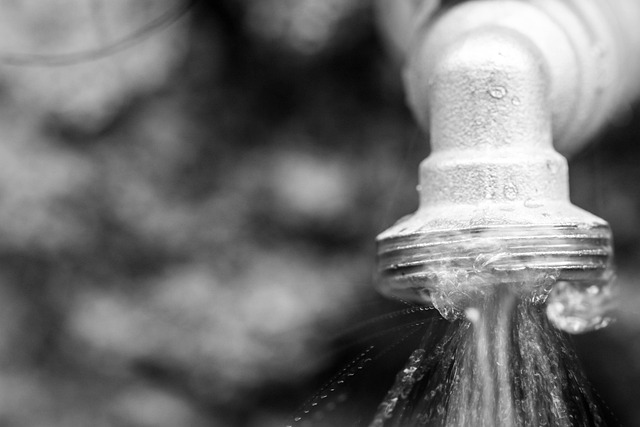Homeowners frequently encounter common bathroom plumbing issues like leaky faucets, running toilets, clogged drains, and low water pressure. Prompt action is crucial to prevent water waste, higher bills, and damage. Simple DIY fixes for minor problems include using vinegar, baking soda, and plungers. Upgrading to low-flow toilets reduces water consumption and bills, aligning with environmental sustainability goals. Complex issues like leaks, burst pipes, or persistent clogs require professional bathroom plumbing services for efficient repair. Regular maintenance through leak checks, regular flushing, and chemical-free cleaners prolongs toilet lifespan and reduces future service calls.
Toilet plumbing issues can disrupt your daily routine and pose potential health hazards. Understanding common problems, like clogs, leaks, and low water pressure, is the first step towards effective maintenance. This article guides you through various aspects of bathroom plumbing services, from unclogging tips for homeowners to replacing old toilets and promoting efficient water usage with low-flow models. Learn when to seek professional help and discover maintenance tricks to extend your toilet’s lifespan.
Understanding Common Bathroom Plumbing Issues
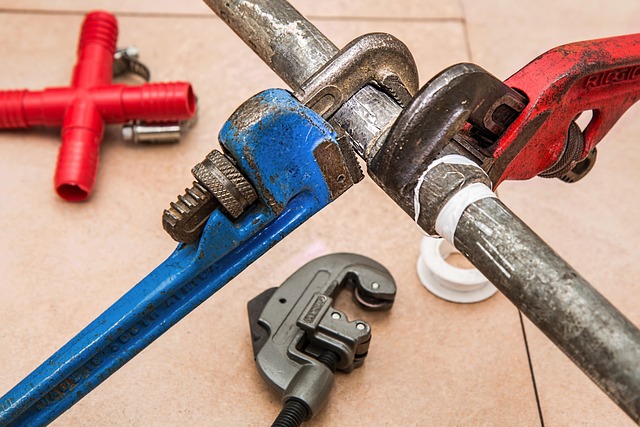
Many homeowners may not realize it, but bathroom plumbing issues are some of the most common problems that arise in a home. From leaky faucets to clogged drains, these issues can range from minor inconveniences to major crises. Understanding these common problems is the first step in knowing when to call a professional toilet plumbing service.
Leaky faucets and running toilets are two of the most frequent bathroom plumbing concerns. A leaky faucet may seem like a small problem, but over time, it can waste significant amounts of water and drive up your utility bills. Similarly, a running toilet can continuously drain water, leading to overflows and potential water damage. Clogged drains and low water pressure are also common issues that often require professional intervention. Prompt action when these problems arise is crucial to prevent further damage or costly repairs.
The Importance of Prompt Toilet Repairs

Toilet repairs are an essential aspect of bathroom plumbing services that often go unnoticed until they become urgent issues. Prompt attention to toilet problems is crucial for maintaining a functional and hygienic living space. A leaking toilet, for instance, can lead to water waste and elevated water bills over time. Moreover, it may indicate underlying issues with the plumbing system, which could potentially cause more severe damage if left unaddressed.
Quick action on repair ensures not only financial savings but also contributes to a healthier environment by reducing water wastage. In today’s world, where sustainability is a growing concern, every drop of water counts. Prompt toilet repairs are thus a responsible step towards eco-friendly living and can save you from unexpected, costly plumbing emergencies.
Unclogging: A Step-by-Step Guide for Homeowners
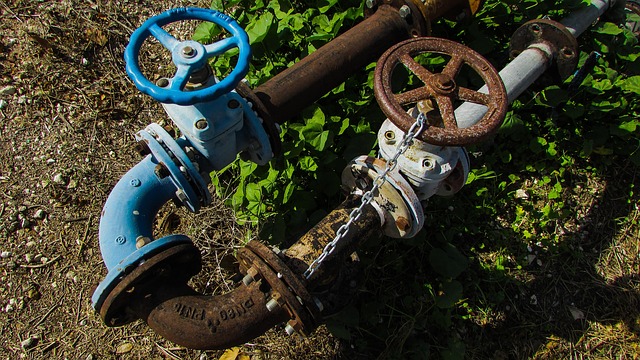
Unclogging your toilet can be a common, yet often daunting, task for homeowners. However, with the right approach, it can be a simple and effective fix. Here’s a step-by-step guide to help you tackle this bathroom plumbing issue.
Start by gathering the necessary tools: a plunger (preferably a toilet plunger), some white vinegar, and baking soda. First, remove any obstacles or objects causing the clog. Next, pour a cup of hot water into the toilet bowl, followed by a mixture of equal parts white vinegar and baking soda. This mixture will fizz and help to dissolve any blockages. After a few minutes, flush the toilet gently. If the clog persists, apply the plunger with steady pressure several times until you feel resistance, then release quickly. This action should break through the blockage.
Replacing an Old Toilet: Tips and Benefits
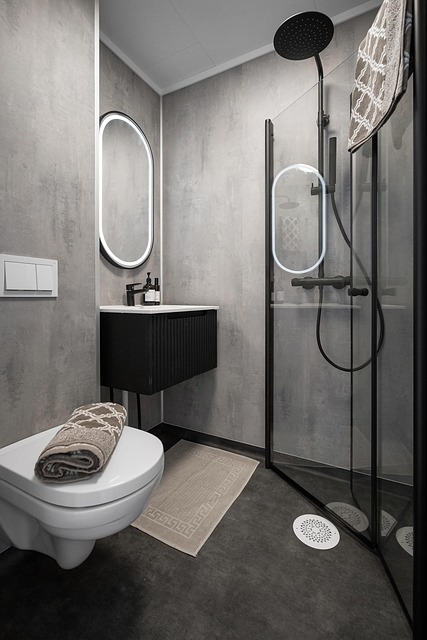
Replacing an old toilet can significantly improve your bathroom plumbing experience. Older toilets often have lower water efficiency, wasting precious resources and increasing your water bills. Upgrading to a modern, low-flow model not only reduces water consumption but also offers enhanced features like better flushing power and a more comfortable user experience.
When considering a replacement, measure the existing toilet’s dimensions to ensure a perfect fit for your bathroom plumbing setup. Additionally, choose models with advanced features such as dual-flush options for liquid and solid waste, which further conserves water. This simple upgrade can contribute to sustainability goals while providing a more efficient and user-friendly bathroom experience.
Efficient Water Usage: Low-Flow Toilets Explained
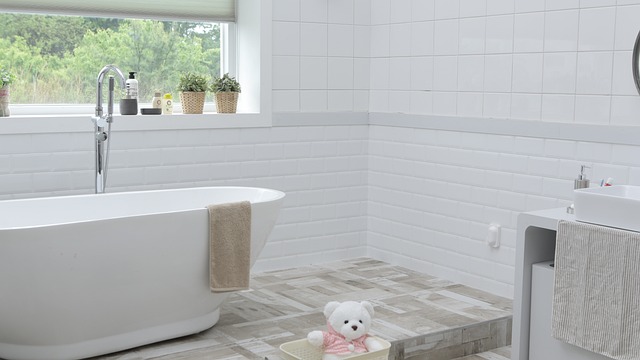
In today’s eco-conscious world, efficient water usage is a top priority for homeowners and bathroom plumbing services alike. One of the most effective ways to achieve this is through the installation of low-flow toilets. These innovative fixtures are designed to reduce water consumption without compromising performance, making them a game-changer in the quest for sustainable living. By utilizing advanced technology, low-flow toilets minimize water usage per flush, significantly cutting down on overall water consumption.
These toilets work by employing aeration or pressure-mixing mechanisms, which combine air with water to create a powerful yet gentle flush. This process ensures that waste is effectively removed while using less water than traditional models. Not only does this benefit the environment, but it also translates to substantial savings on water bills for homeowners over time. With the growing importance of responsible water usage, low-flow toilets have become an essential part of modern bathroom plumbing services, offering both functionality and environmental responsibility.
Leaking Toilet? Diagnosing and Fixing the Problem
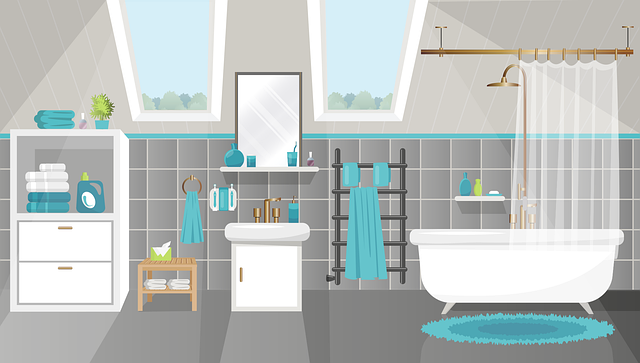
If your toilet is leaking, it could be a simple fix or an indication of a more complex bathroom plumbing issue. The first step is to identify where the leak is coming from. Check the toilet’s components, such as the flush valve and fill valve, for any visible damage or wear and tear. A common cause of leaks is a faulty flapper, which can be easily replaced.
Once you’ve determined the source, it’s time to fix the problem. For minor issues, like a loose flapper, a quick replacement can stop the leak. However, if the issue is more complex, such as a damaged flush valve or a faulty fill valve, professional bathroom plumbing services may be required. A qualified plumber will diagnose and repair the problem efficiently, ensuring your toilet functions properly once again.
Professional Plumbing Services: When to Call Experts

Having a reliable plumbing system is essential for any home or business, and while some basic bathroom plumbing issues can be tackled by homeowners, there are times when professional help is required. Knowing when to call in the experts for your bathroom plumbing services is crucial to avoid further damage and ensure efficient repairs.
One of the primary indicators is dealing with complex issues like burst pipes, severe clogs, or leaks that persist despite initial attempts at repair. These situations often require specialized tools and knowledge to address safely and effectively. Additionally, if you notice a significant drop in water pressure, unexplained water bills, or signs of water damage, it’s time to call the pros. Professional plumbers can identify and fix these problems promptly, preventing potential structural damage and saving you from costly repairs in the long run.
Maintenance Tips to Extend Toilet Lifespan
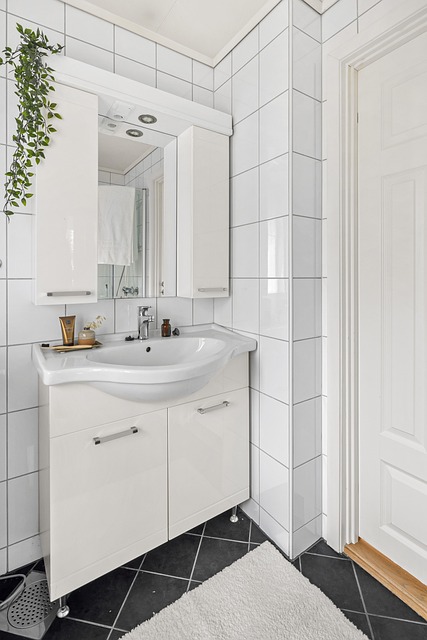
Regular maintenance is key to extending the lifespan of your toilet and avoiding costly bathroom plumbing repairs. Start by checking for leaks around the base of the toilet and the water supply lines. Even small drips can lead to significant waste over time, so addressing them promptly is essential. Regularly flush your toilet to ensure its mechanism operates smoothly; this simple step keeps the internal parts lubricated and in good working order.
Additionally, consider using a specialized toilet cleaner designed to remove tough stains and buildup without damaging the porcelain. Avoid using harsh chemicals or abrasive cleaning tools, as they can erode the surface over time. Keep an eye on the water level in the tank; it should fill to the appropriate mark, ensuring efficient flushing each time. By incorporating these simple maintenance tips into your routine, you’ll contribute to a longer-lasting toilet and potentially save on future bathroom plumbing service calls.
